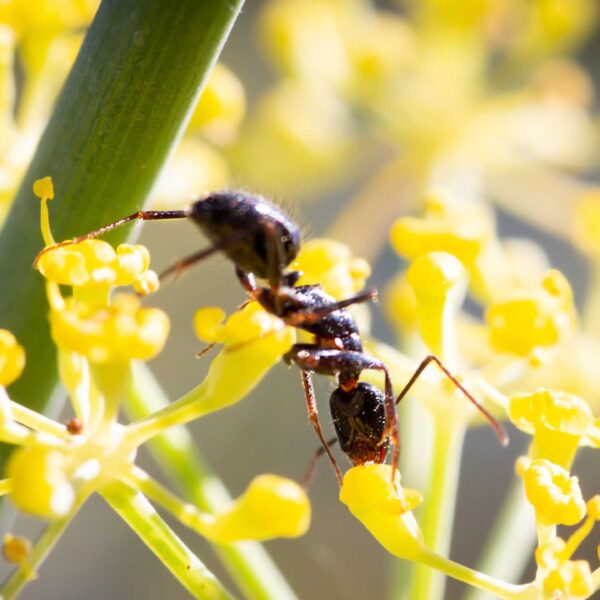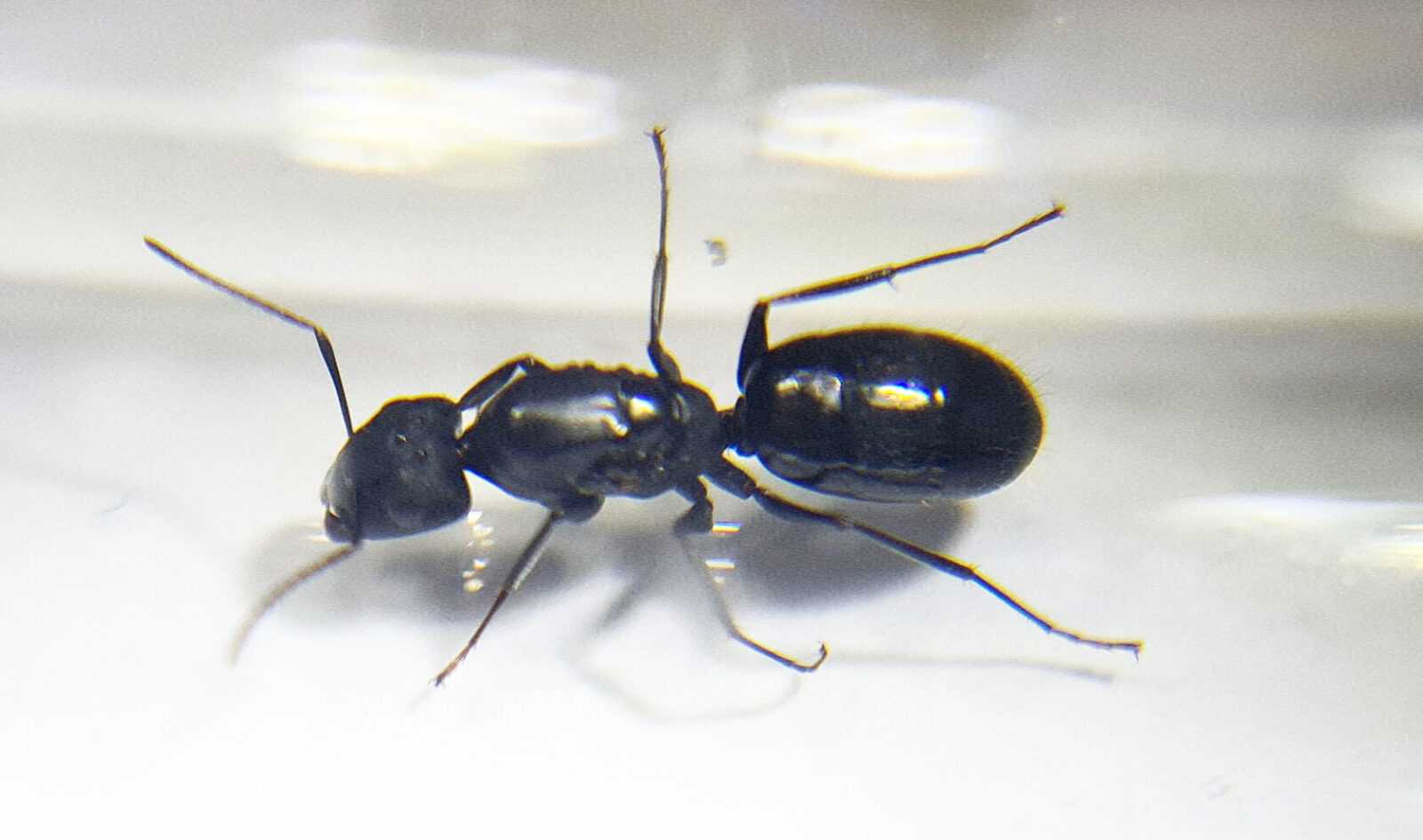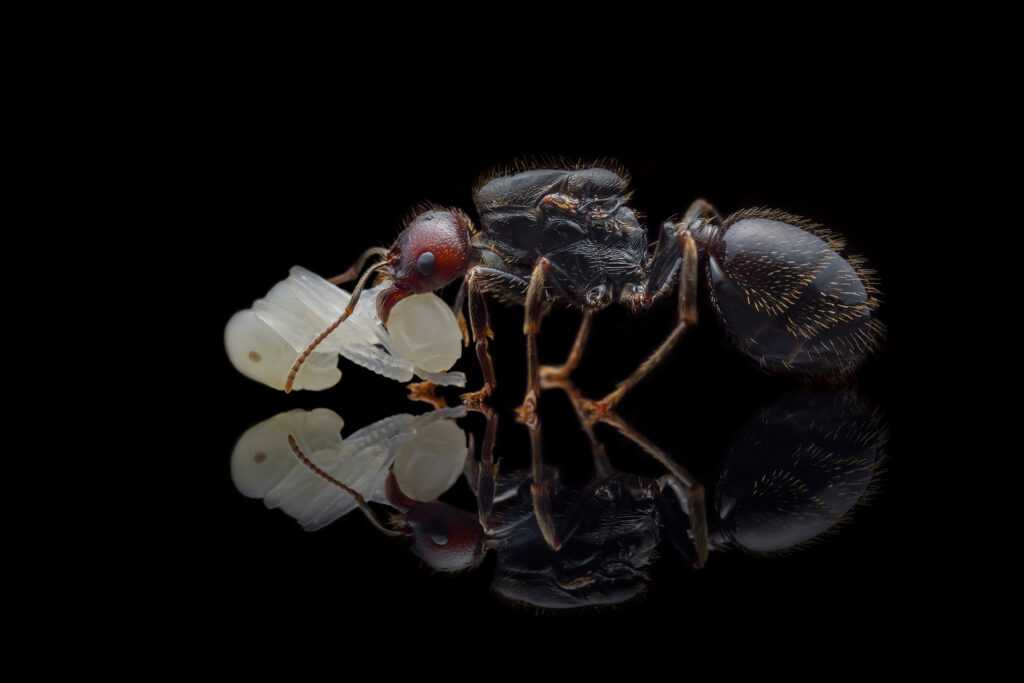Camponotus aberrans: A Fascinating Ant Species for Ant Enthusiasts
Camponotus aberrans is a fascinating ant species known for its unique colony characteristics and behavior. In this product description, we will explore the various aspects of Camponotus aberrans, including its colony type, size, development rate, nutrition, humidity requirements, and recommended nests for breeding.
Colony Type and Size
Camponotus aberrans is a monogynous ant species, with only one queen per colony. The colony size can range from a few dozen workers to up to 1000 workers, making them a perfect choice for ant enthusiasts seeking a moderately sized colony.
Development Rate
The development rate of Camponotus aberrans is considered medium compared to other ant species. This steady growth and expansion provide unique opportunities to observe and interact with the different castes of ants within the colony.
Size and Color
The queen of Camponotus aberrans measures approximately 12-13mm, while the workers are smaller at around 5-8mm. The larger workers, known as majors, can reach sizes of 8-10mm. These ants have a distinctively sleek black color.
Nutrition
Camponotus aberrans has diverse dietary requirements, including protein and carbohydrates. Their diet can include food insects such as cockroaches and crickets, as well as sources of sugary substances. Syrup made from a mixture of water and honey at a ratio of 4:1 or 3:1 is an excellent option. They also enjoy fruits, vegetables, jelly, and cooked chicken without salt.
Humidity and Temperature Requirements
For optimal health, Camponotus aberrans requires specific humidity and temperature levels. A humidity level of 30-50% is recommended in the arena where the ants forage and explore, while a slightly higher humidity level of 50-70% is preferred in their nest. Maintaining these levels can be achieved by providing a suitable substrate or regularly moistening the nest area.
Regarding temperature, the arena should be kept within the range of 18-28 °C, ensuring the ants’ comfort during their activities. The nest area should have a slightly higher temperature, ideally between 21-25 °C, to simulate their natural habitat conditions.
Recommended Nests for Breeding
When breeding Camponotus aberrans, it is important to provide them with suitable nests. Preferred nest materials include acrylic, cork, plaster, and aerated concrete. These materials create an environment conducive to colony establishment and allow for easy observation and maintenance.
In Conclusion
Camponotus aberrans is a captivating ant species with unique characteristics and behaviors. From their monogynous colony structure to their diverse dietary requirements, caring for Camponotus aberrans can be an enriching experience for ant enthusiasts. By providing appropriate humidity and temperature levels and selecting the right nest materials, you can create the ideal environment for these ants to thrive and flourish.
Consider adding Camponotus aberrans to your collection and witness the intricate dynamics and fascinating habits of this remarkable ant species. Start your Camponotus aberrans colony with confidence, equipped with the knowledge and understanding of their needs.
























Reviews
There are no reviews yet.